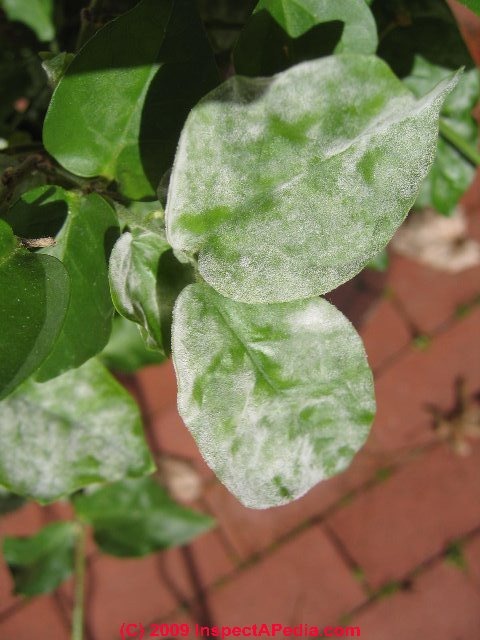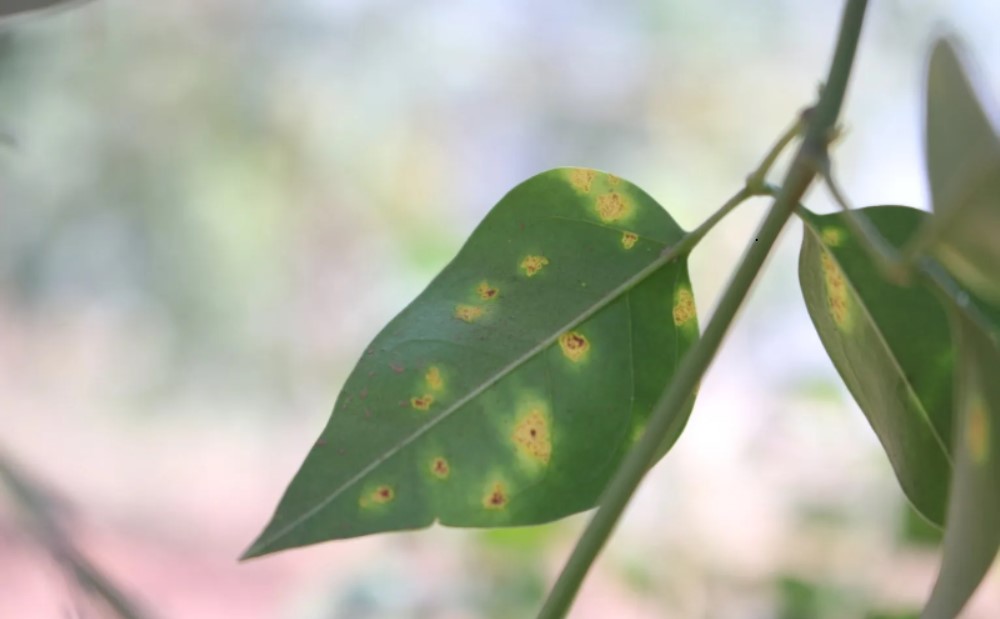Kunda Plant
Kunda, possibly referring to a specific plant variety, may have varying care requirements. Generally, provide well-draining soil, appropriate sunlight, and regular watering. Pruning and fertilizing practices may vary based on the specific characteristics of this plant.
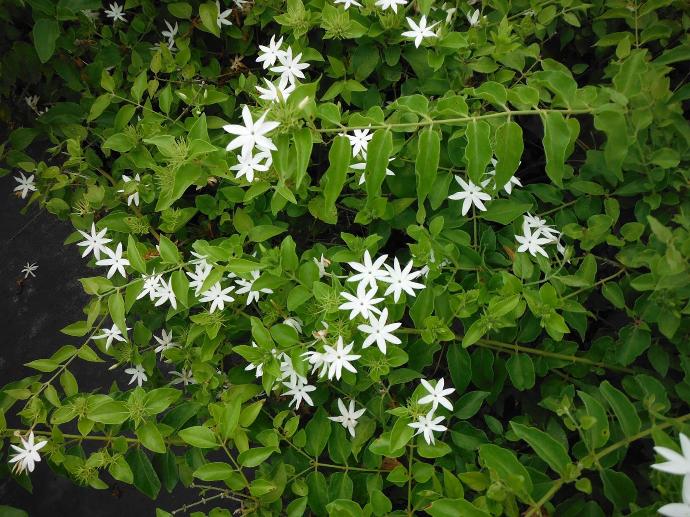
Habit
Shrub
Height
0.5-1 meter
Growth
Fast
Soil
Well-drained, acidic soil
Shade
Full Sun to partial shade
Moisture
Moist
Edible
No
Medicinal
Yes
Origin
Tropical Asia
Climatic Condition
Tropical, subtropical
Temperature (°)
20-30
Humidity (%)
60-80
Potting media
Standard potting mix
Fertilizers
Balanced slow-release
Watering
Moderate
Plant Weight
150-200 grams
Flowering Time
Spring to Summer
Soil Ph level
5.5-6.5
Water Ph level
6.0-7.0
Soil EC
0.3-0.4 mS/cm
Yield Per Plant
Low
NPK ratio
10:10:10
life Span
5-10 years
Health Benefits
Fragrant flowers, skin health, medicinal
Suggested Grow Media or Potting Mix ?
50% loamy soil, 30% compost, 20% sand
Suggested Fertigation/Fertilizers
Fertilize every 4 weeks with a balanced fertilizer.
Common Diseases and Remedies
Powdery Mildew, Leaf Spot.
White powdery substances on leaves and shoots. Brown or black spots on leaves with yellow hallows.
Neem oil, Remove affected leaves.
HEALTH BENEFITS
Used in Ayurveda for respiratory health, skin diseases, and wound healing.
What Is An Kunda Plant ?
Kunda, also known as fluffy jasmine, is a type of jasmine native to South Asia, particularly India and Sri Lanka. Downy Jasmine is a beautiful, fragrant shrub that adds charm and elegance to gardens and landscapes. It is prized for its versatility, adaptability, and low maintenance, making it a favorite among gardeners and landscapers.

What Are The Different Types Of Kunda Plants?
1. Confederate Jasmine (Trachelospermum jasminoides)
Confederate Jasmine, also known as Star Jasmine, is a popular vine with strongly scented white flowers. It is often grown as a vine along fences, trellises, or walls.
2. Genus Gelsemium (Carolina Jasmine or Yellow Jessamine)
There are several species in the genus Gelsemium, with Gelsemium sempervirens being the most commonly cultivated. It is known for its yellow trumpet-shaped flowers and is native to the southeastern United States.
3. Jasminum azoricum
Commonly known as ``lemon-scented jasmine'' or ``Azorean jasmine,'' this variety of jasmine has glossy green leaves and small, white, strongly scented flowers. It is often grown as a shrub or groundcover.
4. Jasminum Polyanthum
This type of jasmine, also called pink jasmine or white jasmine, produces clusters of small, fragrant pink or white flowers. A vigorous climbing plant often used to cover walls, fences and pergolas.
5. Jasminum grandiflorum
Known as Spanish jasmine or royal jasmine, this species has large, white, highly fragrant flowers. It is widely cultivated as an ornamental and is also used in the perfume industry.

How to Care Kunda Plant ?
1. Location
Kunda jasmine (Jasminum multiflorum) grows in warm tropical climates and can be grown in a variety of locations under suitable conditions. Pruning is recommended to maintain the desired shape and remove dead or damaged branches. If you're growing your plant as a vine, provide a sturdy support structure for the plant to climb, such as a trellis or fence. With proper care and attention to its needs, jasmine will grow and fill your garden with a pleasant fragrance and beautiful flowers.
2. Sunshine
Sunlight is essential for plant growth and health. It provides them with the energy needed for photosynthesis. Photosynthesis is the process of converting sunlight into chemical energy to promote growth and development. When choosing a location to grow your plants, adequate sunlight is important for the health and productivity of your plants.
3. Soil
Prefers well-drained soil where excess water can drain quickly to prevent waterlogging and root rot. Heavy or compacted soils should be amended with organic materials such as compost or well-rotted manure to improve drainage and soil structure. Incorporating organic matter also enriches the soil with essential nutrients that support plant growth and flowering. It grows in slightly acidic to neutral soil with a pH of approximately 6.0 to 7.0.
4. Hydration
Adequate hydration allows plants to absorb water and essential nutrients from the soil, promoting a variety of physiological processes essential for growth, flowering, and general health. Maintaining constant soil moisture is especially important during the growing season. This plant prefers well-drained soil to avoid waterlogging, but also requires regular watering to keep the soil constantly moist.
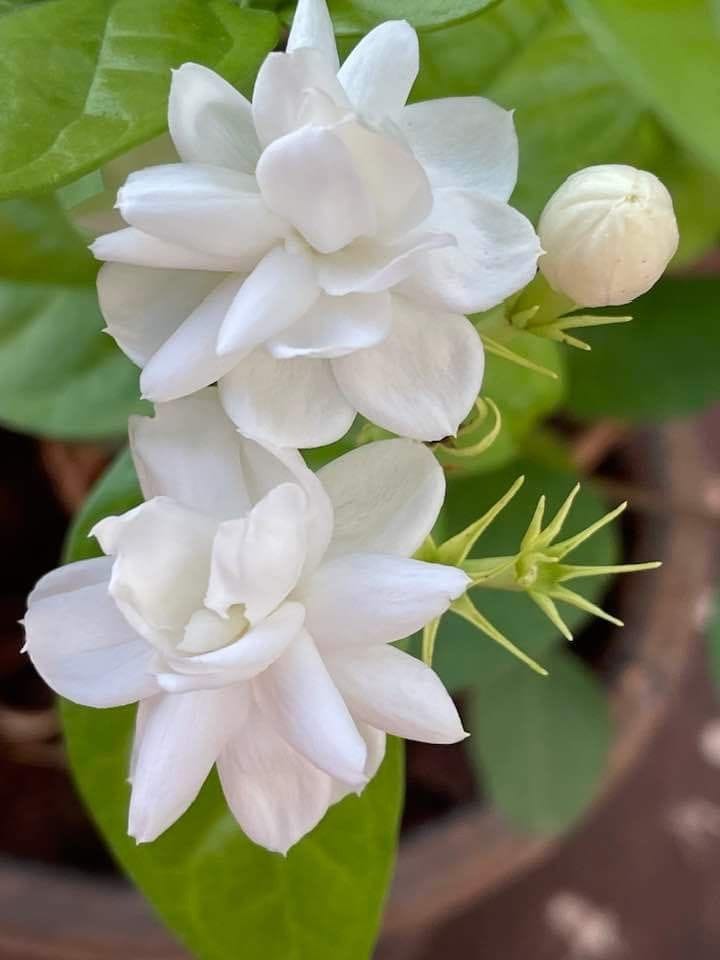
5. Nourishment
Proper nutrition ensures that plants receive the important nutrients they need for growth, flowering, and overall health. Jasmine can be fed regularly with a balanced fertilizer throughout the growing season to replenish the soil and support healthy growth and flowering. A balanced fertilizer contains essential nutrients such as nitrogen (N), phosphorus (P), and potassium (K), as well as micronutrients such as iron, magnesium, and calcium.
6. Issues
Plants may be susceptible to pests such as aphids, spider mites, and scale insects. Inspect your plants regularly for signs of pest infestation. Fungal diseases such as powdery mildew, leaf spot, and root rot occur, especially in humid or poorly ventilated environments. Improper pruning can damage false jasmine and affect its growth and flowering. Prune plants selectively to remove dead plants.
What are the Benefits of Kunda Plant ?
One of the most notable characteristics of jasmine is its strongly scented white flowers. Its sweet, pleasant scent adds a wonderful aroma to outdoor areas, making it popular for gardens, patios, and other outdoor areas. Jasmine is prized for its attractive foliage and abundant flowers that add beauty and charm to gardens and landscapes. The glossy, dark green foliage provides interest all year round, and when in bloom, the clusters of white flowers give it a striking appearance. Jasmine can be grown as a shrub, groundcover, or vine, adding versatility to your landscaping. You can train it to climb on trellises, fences, and gazebos, use it as a fragrant ground cover, or grow it in containers on your patio or balcony. In traditional medicinal systems, various parts of the jasmine plant, including leaves, flowers, and roots, are used to obtain its intended medicinal properties. Among other things, it is said to have antibacterial, anti-inflammatory, and digestive effects. Flowers are sometimes used to produce aromatic extracts and essential oils used in perfumes, aromatherapy, and cosmetics. Fragrance oil extracted from jasmine is prized for its sweet floral scent and is used in a variety of personal care products.
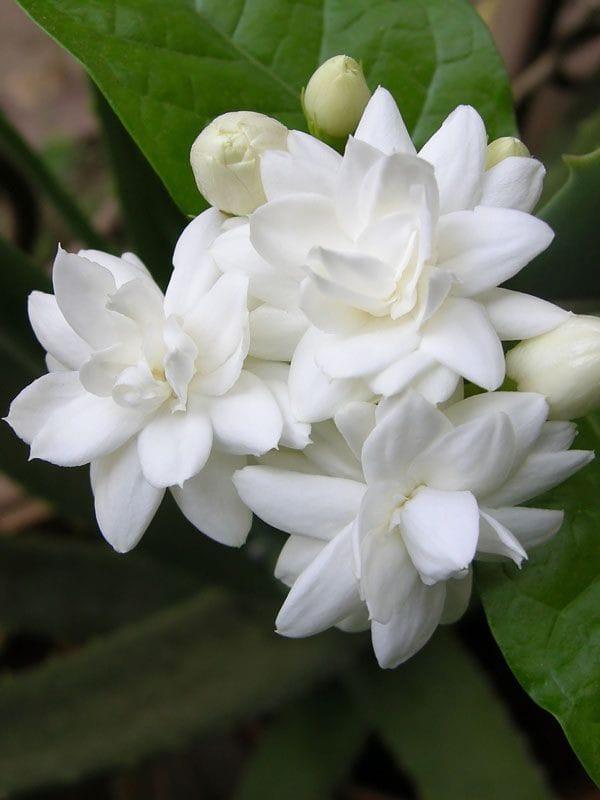
FAQs About Growing Kunda
1. When is the best time to prune jasmine ?
The best time to prune jasmine is after flowering, usually in late spring or early summer. Remove dead, diseased, and overgrown branches and shape the plant as desired.
2. How can I propagate jasmine ?
Jasmine can be propagated by cuttings in spring or early summer. Coniferous cuttings root easily in a well-drained rooting medium.
3. Is Jasmine deer resistant ?
Jasmine is generally considered deer resistant due to its fragrant foliage, and deer tend to avoid it. However, some browsing may occur in areas with high deer populations.
4. Can jasmine be used as a hedge plant ?
Jasmine can be used as a hedge plant, especially in warm climates. Plant in a row with plenty of space between plants to ensure adequate air circulation and growth.
5. Is jasmine invasive ?
Jasmine is not considered an invasive species in most areas. However, under ideal growing conditions, it can spread over a wide area. Therefore, monitor its growth and cut back if necessary to control the spread.
